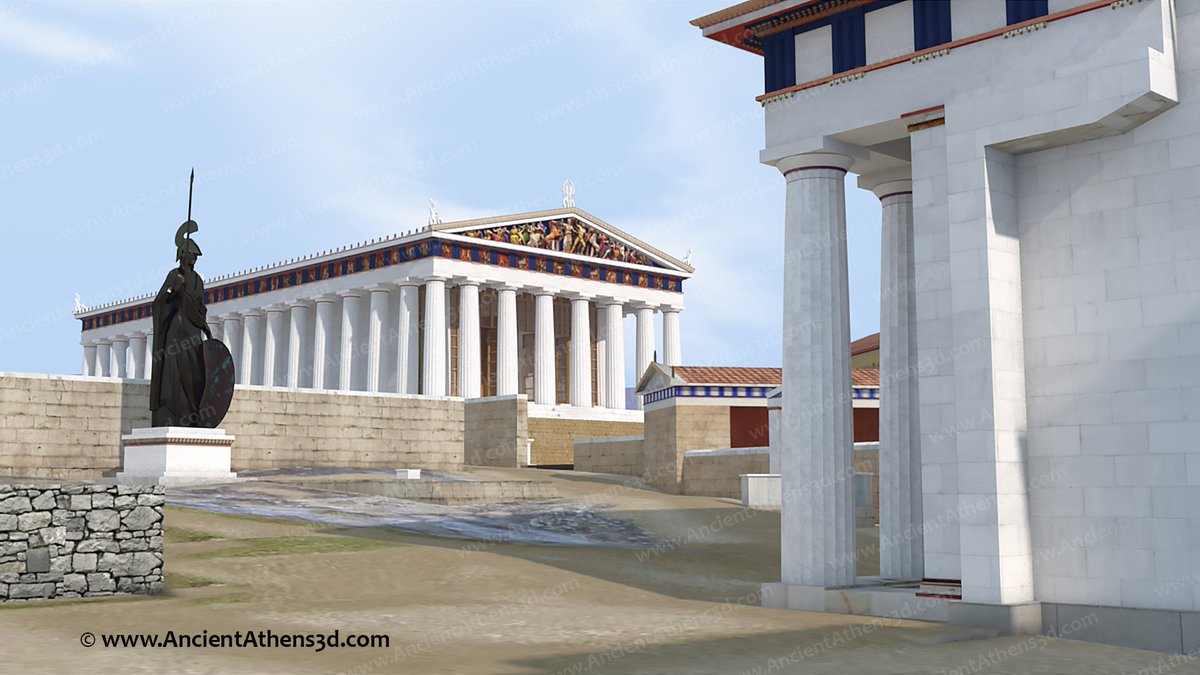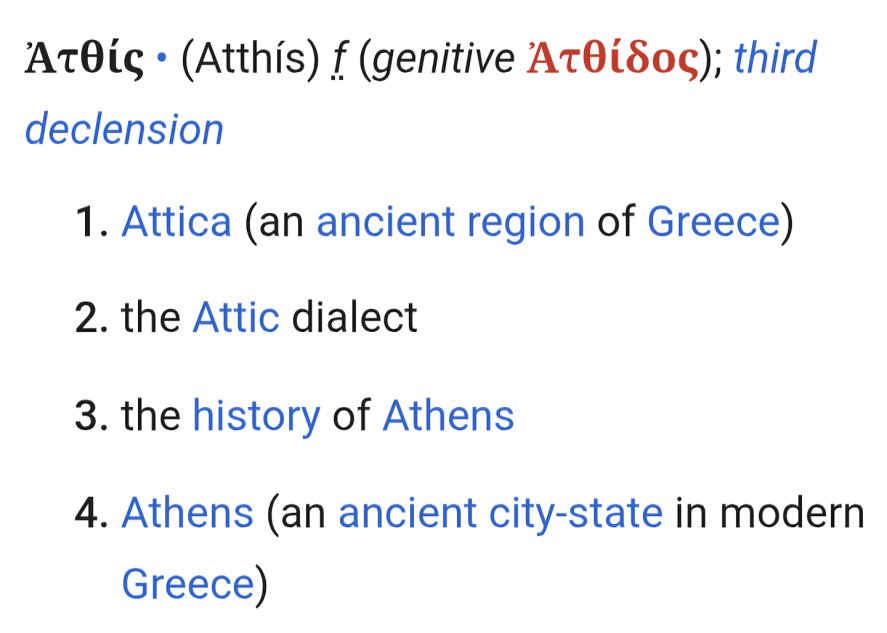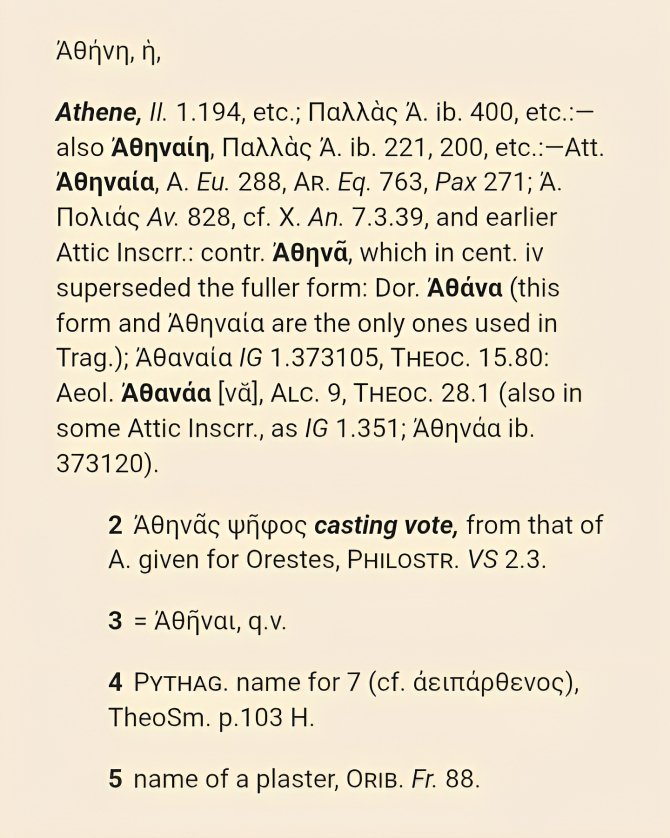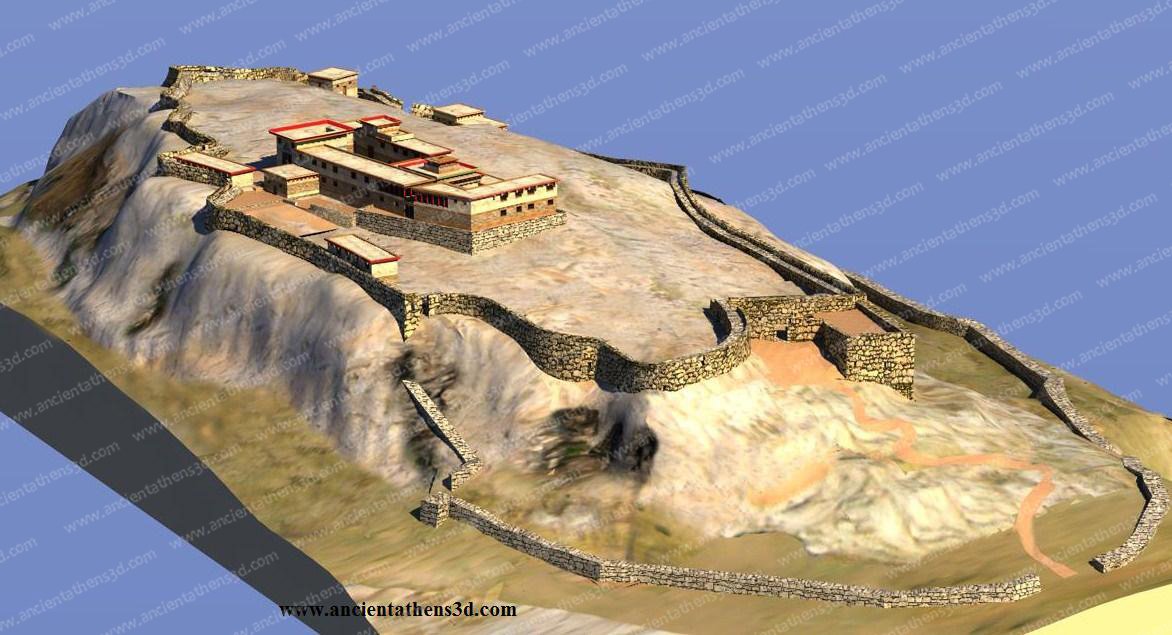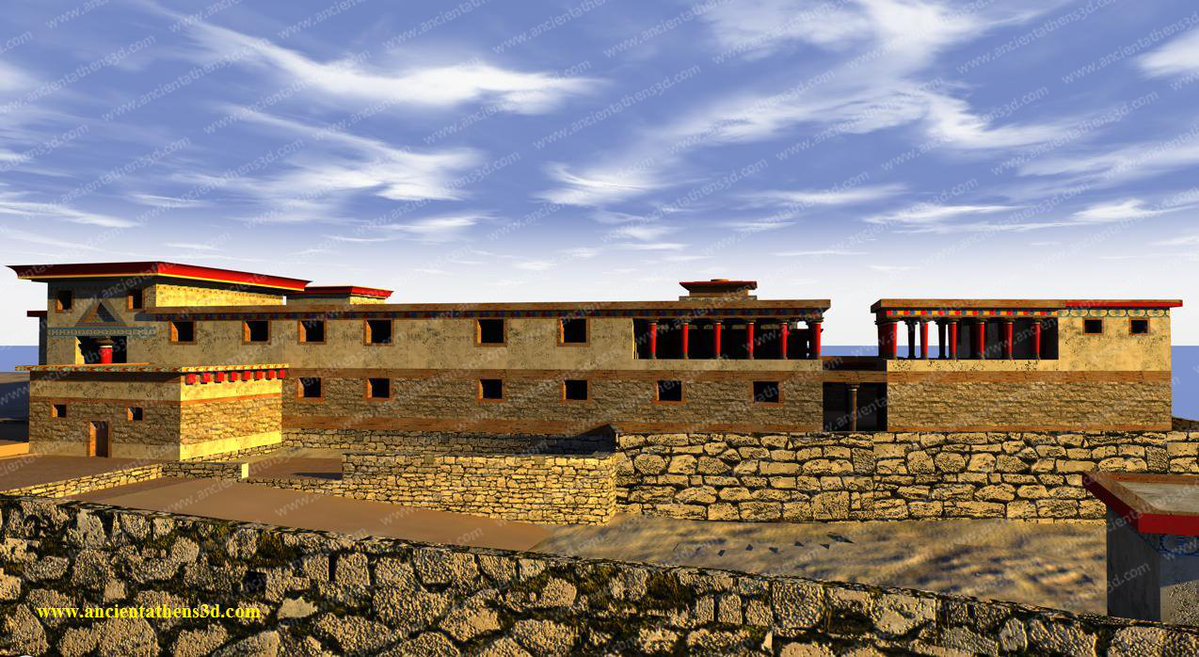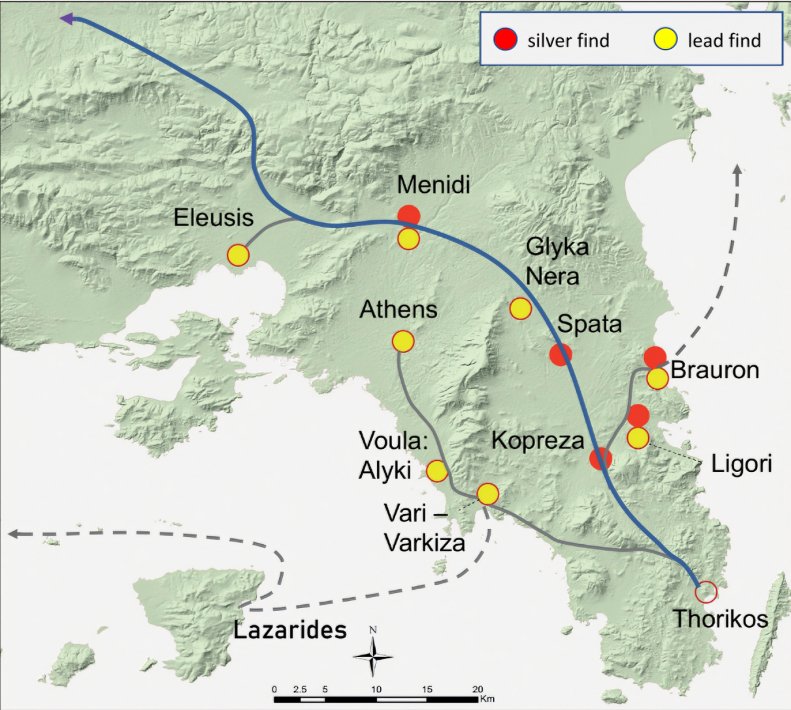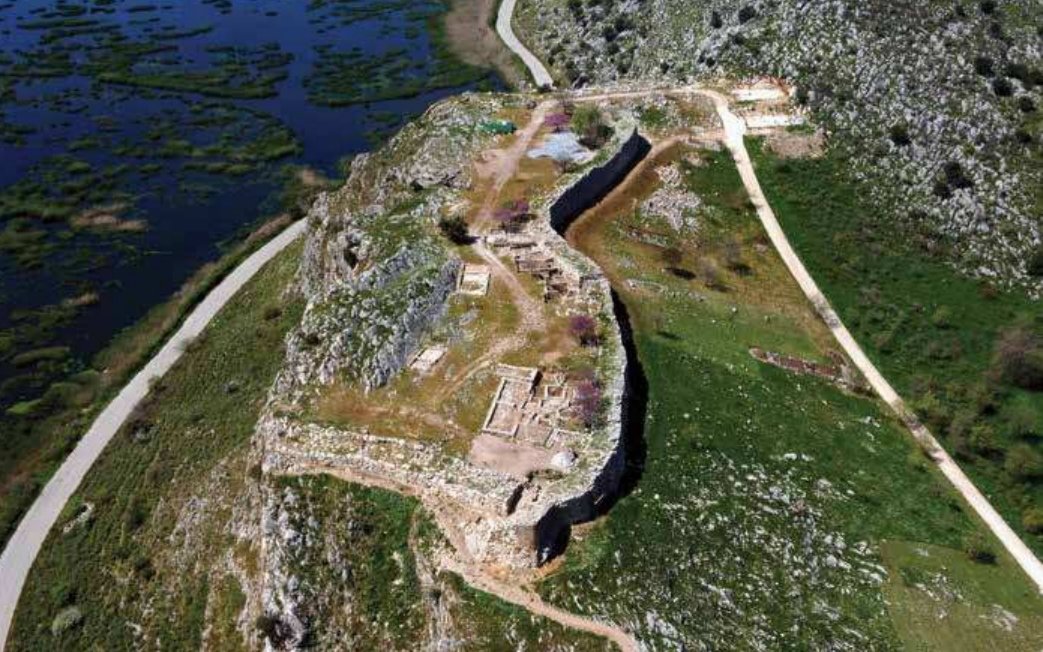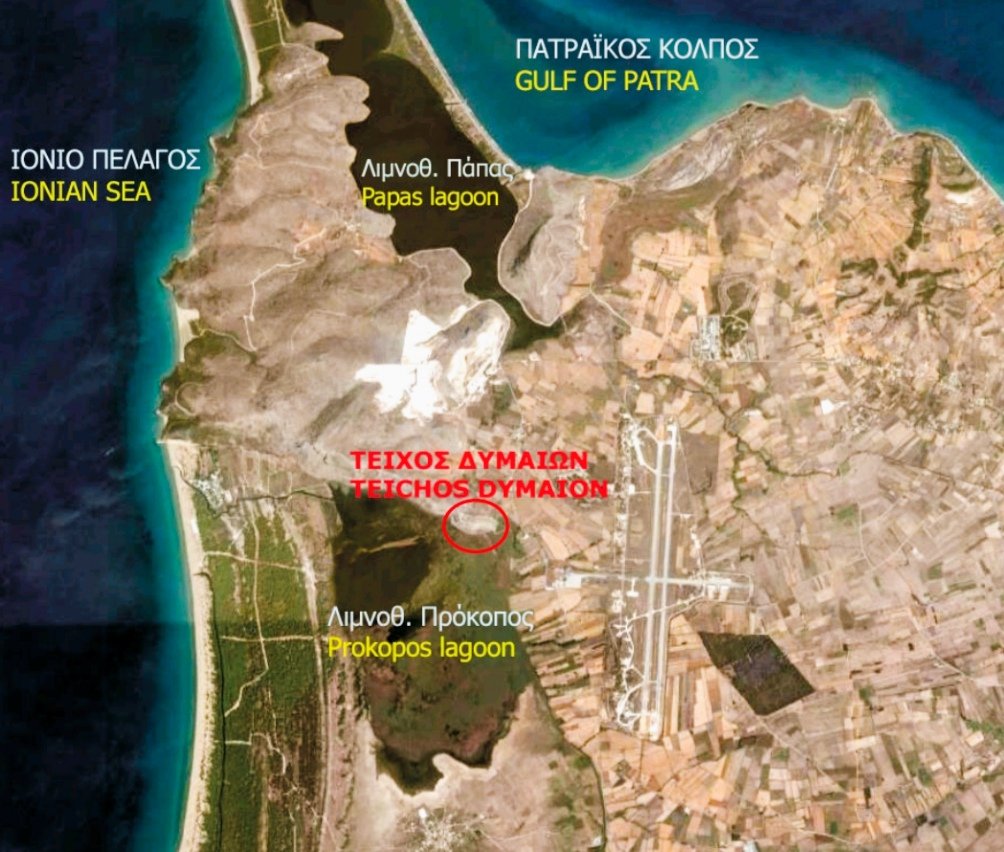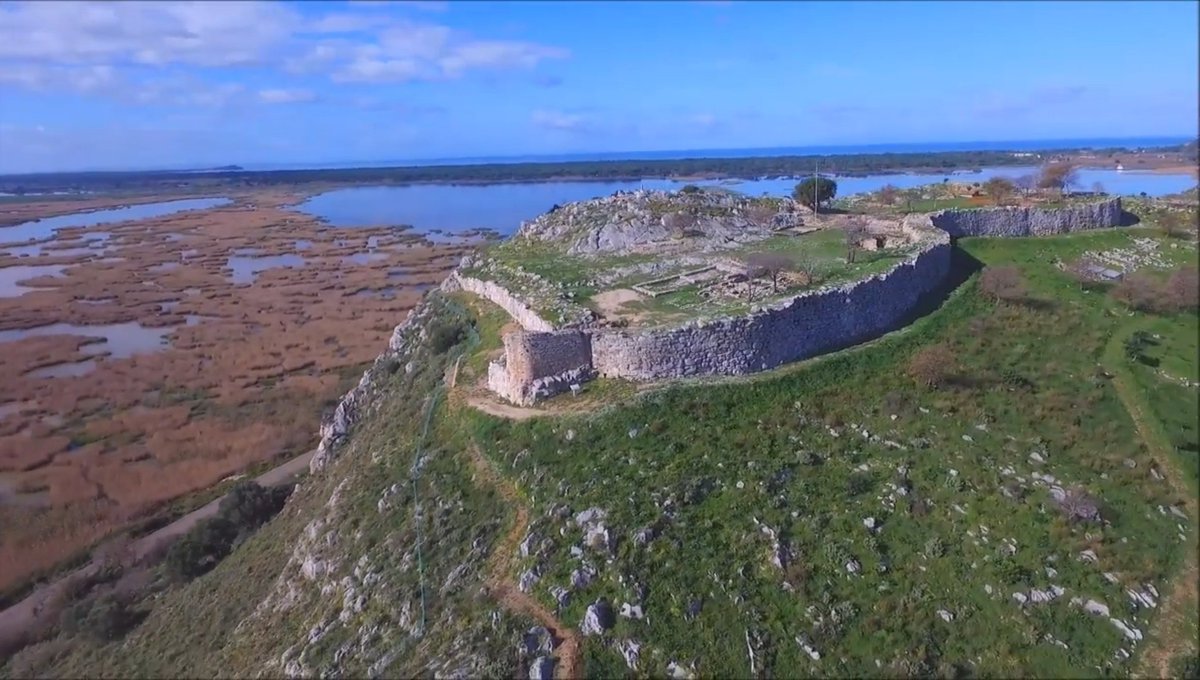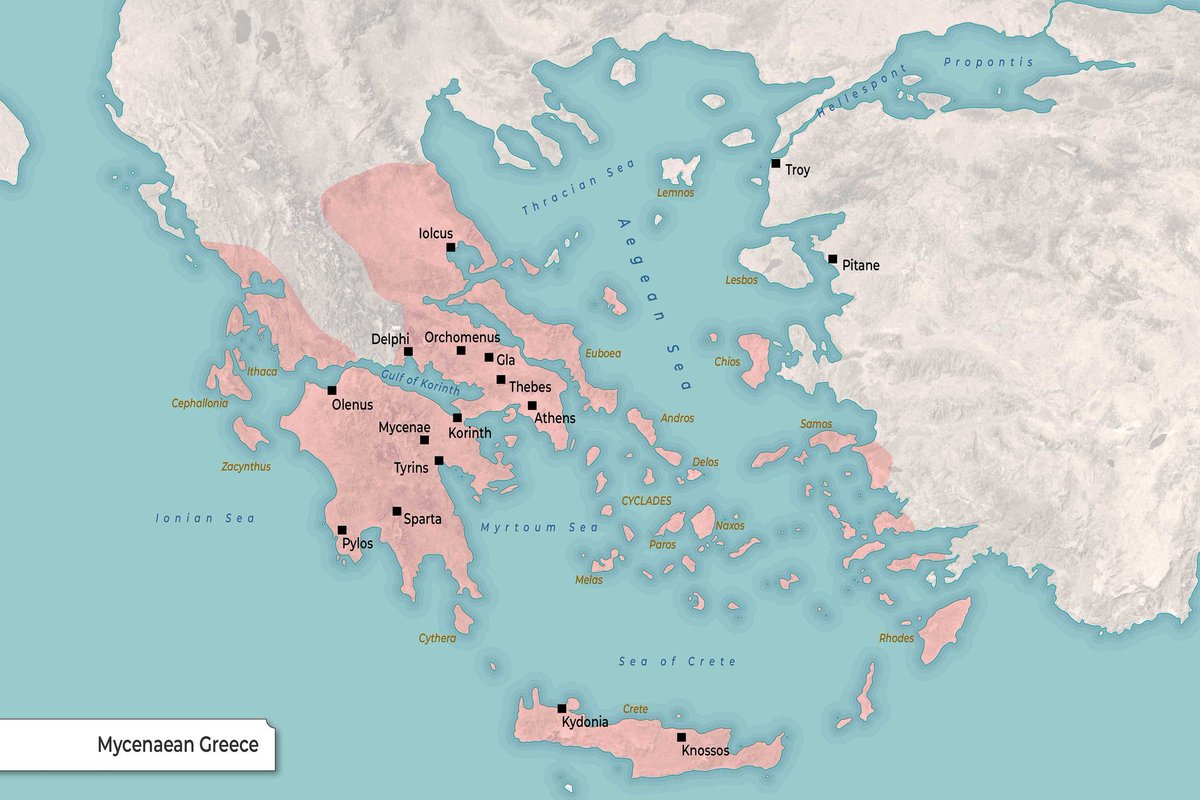A few words about the prehistory of Crete regarding the dialogue below... There is a relevant bibliography for what I am mentioning!
#Crete #Prehistory #Neolithic #AegeanBronzeAge #Minoans #Mycenaeans #Anatolia
#Crete #Prehistory #Neolithic #AegeanBronzeAge #Minoans #Mycenaeans #Anatolia
https://twitter.com/travel4stories/status/1584275730141433856
1/ The Neolithic package in Crete appears for the first time around 7000 BC. in Knossos with a community of settlers from Western Anatolia, which did not know the technology of pottery (Pre-Pottery Neolithic). 





2/The interesting thing is that recent surveys have shown that within the community, chipped stone objects were found that bear characteristics of the Aegean Mesolithic tradition,which means that this short-lived community came into contact with local Mesolithic hunter-gatherers. 

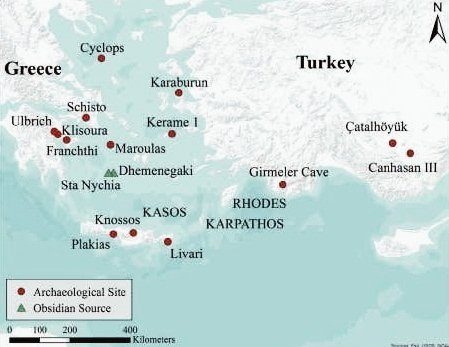

3/ Crete has already been inhabited since the Lower Palaeolithic through the maritime migration of Neanderthal populations using improvised rafts and making use of the sea route Mani > Kythera > Antikythera > Western Crete > Gavdos. 



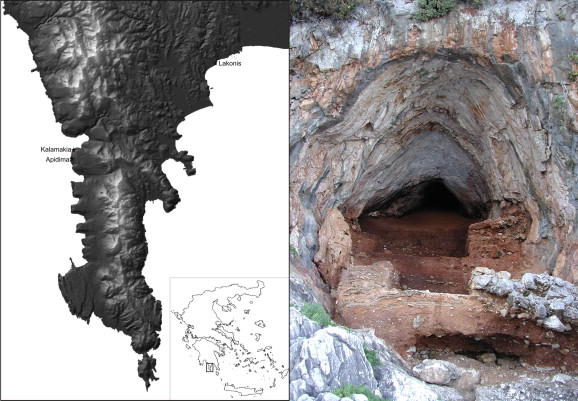



4/ After a gap in the Neolithic presence in Crete, we have successive migrations of populations from Anatolia, holders of the complete Neolithic package, with the result that during the Middle Neolithic Crete has been completely Neolithic. 

5/ During the FN - EBA in the Aegean (NE Aegean - Cyclades - Attica) a highly developed culture is created, which has influences from Western Anatolia, but also the Balkans and has as its main characteristics the development of metallurgy, navigation and long distance trade. 







6/ From the FN to EM II, Crete, especially in its east, seems to have strong commercial, cultural and racial ties with the Cyclades (indications of marriages with Cycladic islands have been reported), ➡️ 




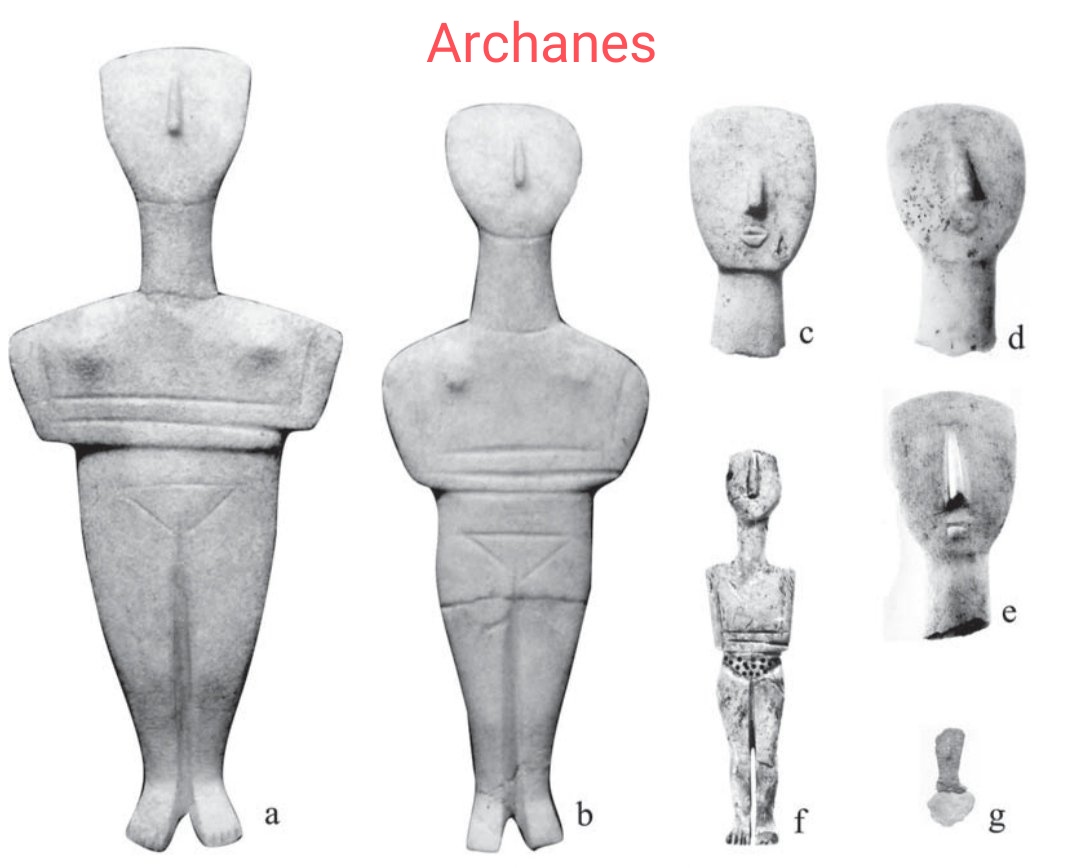
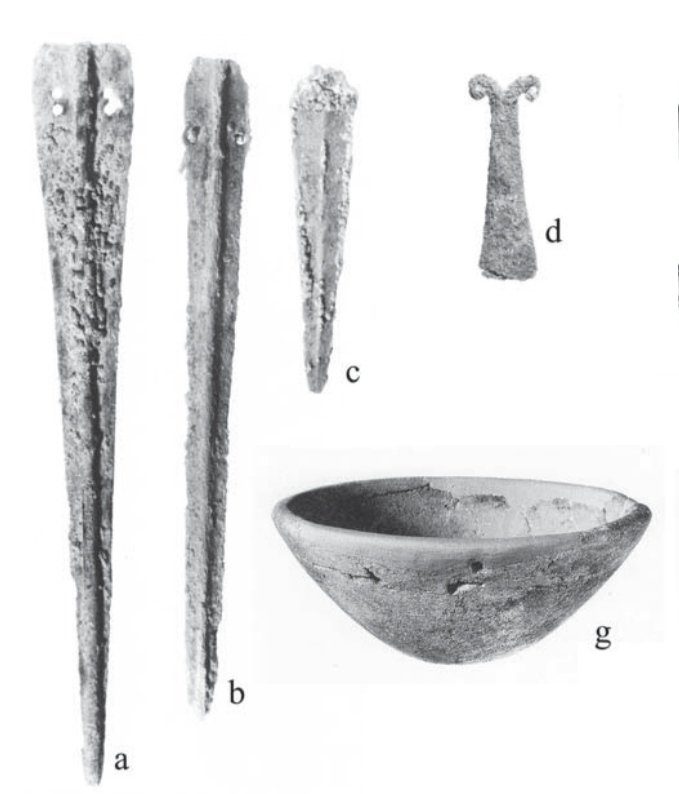
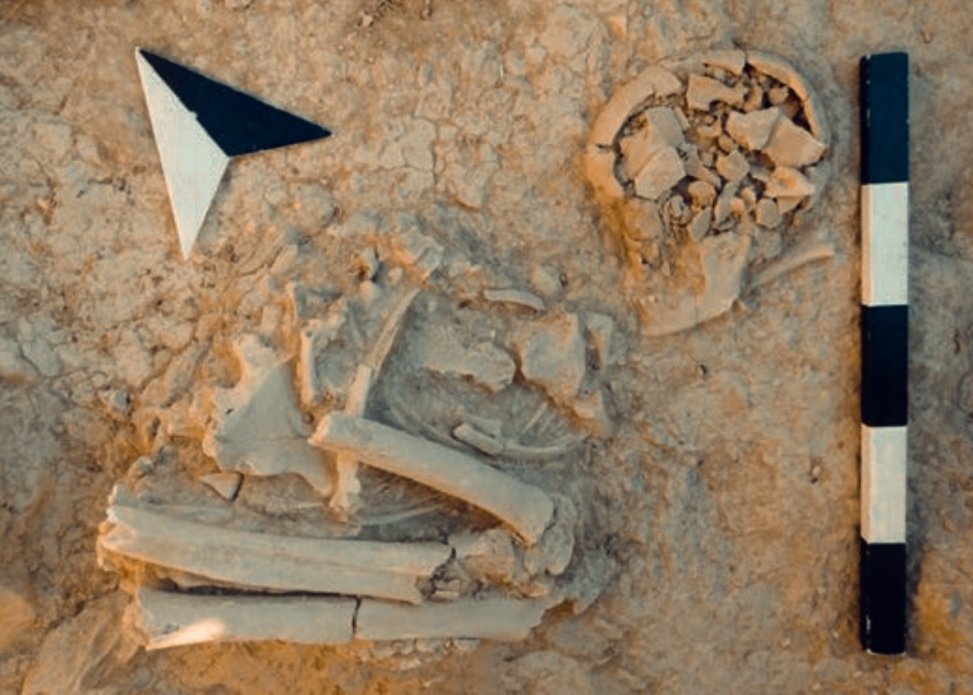
➡️ while in its interior there is a cultural and population homogeneity, despite some local deviations. 

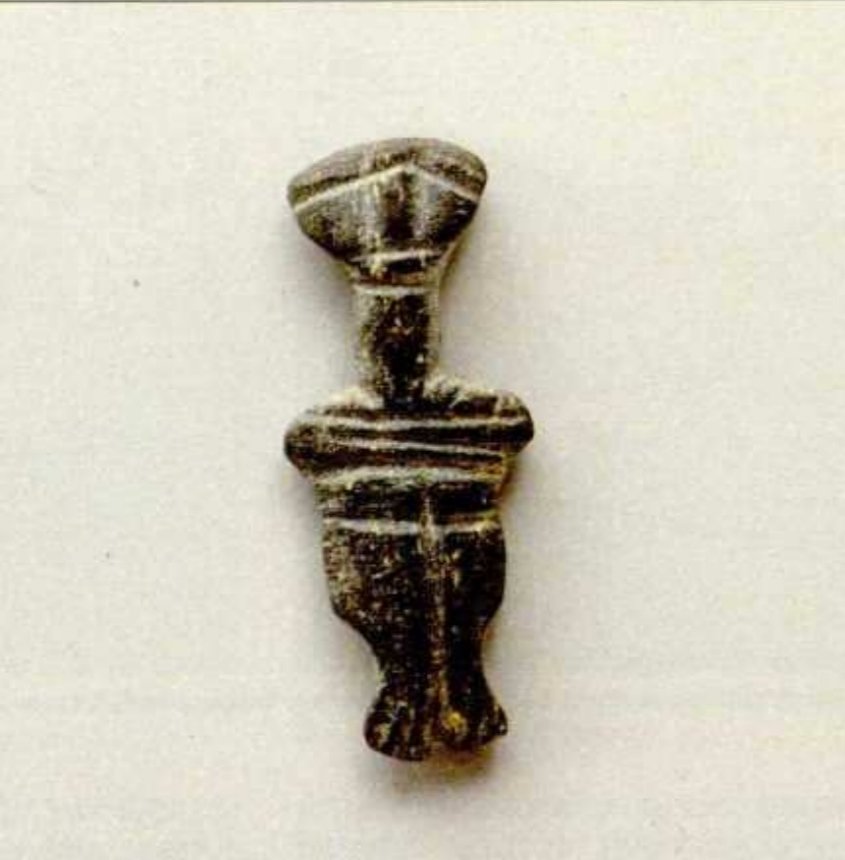

7/ When in the helladic area during the transition from EH II/III and similarly in the Cyclades, a strong cultural intersection / breach is observed as a consequence of a wave of destructions, in Crete a cultural continuity is demonstrated. 

8/ The conditions of upheaval that are observing in the period before the establishment of the first palaces (EM III - MM I), is due to the intense competition of local elites for the power and not to the migration of new population groups. ➡️ 

➡️ Some of the achievements of the Minoan civilization are cultural loans from areas of the East through trade, contacts and man's need for progress and innovation. 


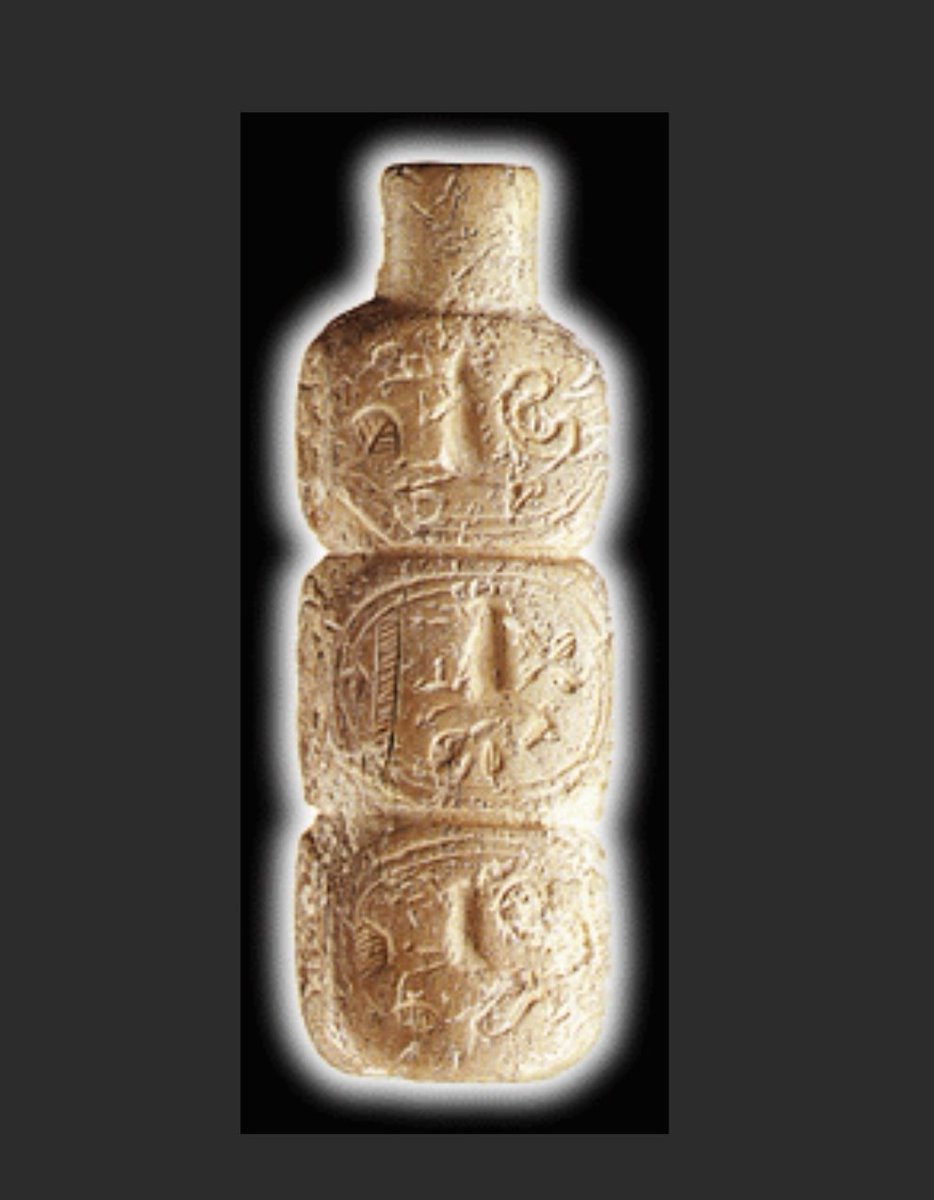
9/ When the Mycenaeans first invaded Khania and Crete (<1450 BC) via the sea route from southern Laconia, they established an initial palatial administration in Crete that ensured military control of the main centers of the island. 





10/ Until 1370 BC the Mycenaean control of Western and Central Crete was complete, while the local Minoan element had taken refuge in the east of the island with the Mycenaeans having no relations with this part of Crete. 





11/ After 1240 BC we have signs of the collapse of the Mycenaean confederation (archaeological findings - Hittite texts) and the appearance of the first signs of insecurity in the Aegean (piracy / out control armed groups) ➡️ 

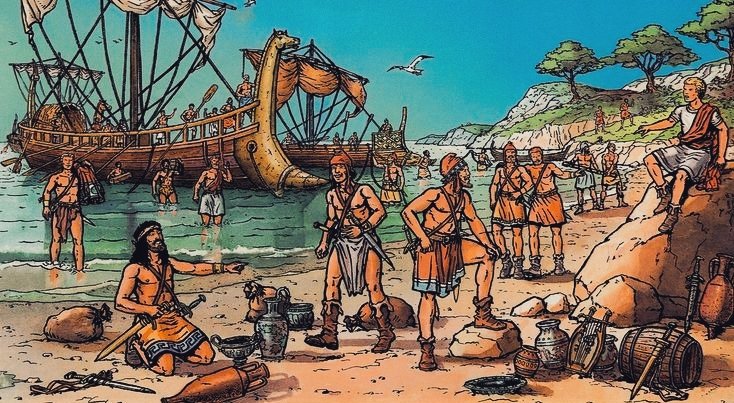
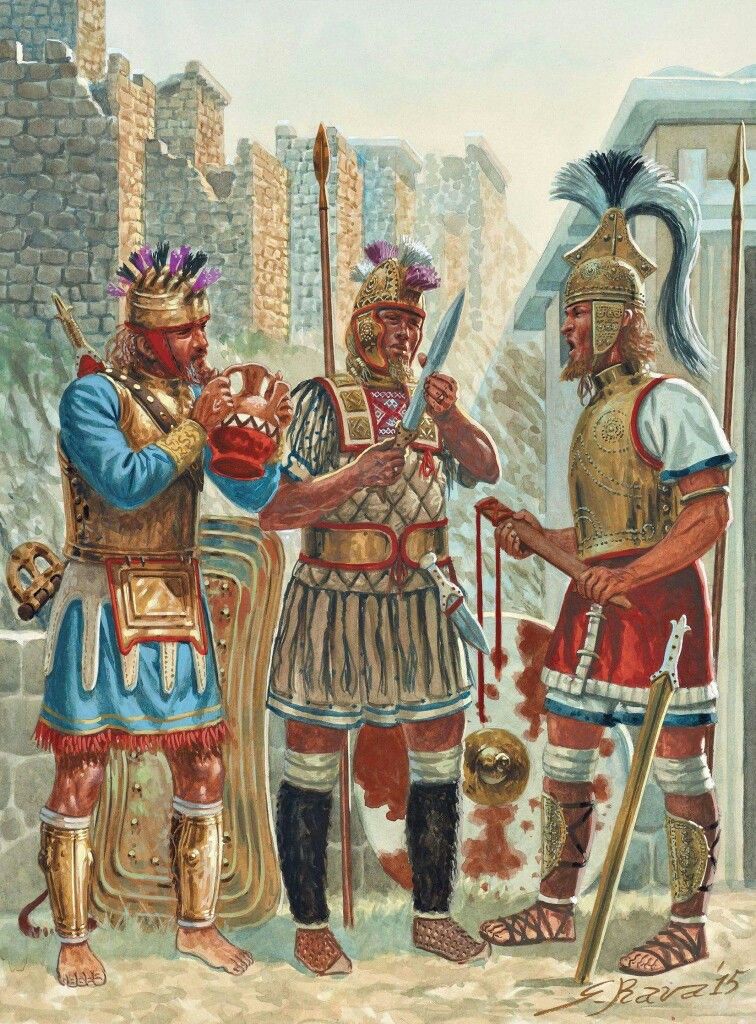
➡️ with Crete being one of the first areas which were affected, as indicated by the appearance of the first mountain refugee shelters (>1230 BC). 



12/ Finally, as I mentioned the destruction of Troy VIi was due to attacks by multinational sea raiders and took place around 1210 BC. It is very likely that the majority of the raiders were wandering pirates of the Aegean and some of them have their bases in Crete. 

• • •
Missing some Tweet in this thread? You can try to
force a refresh





